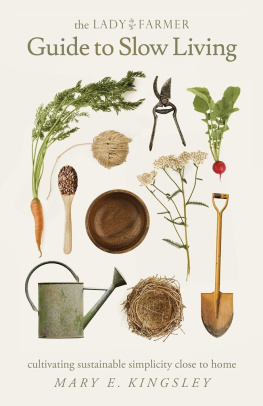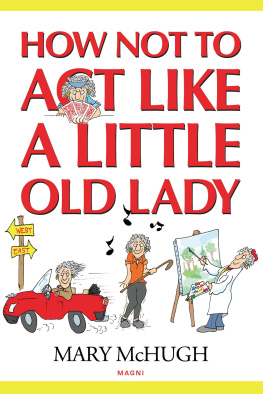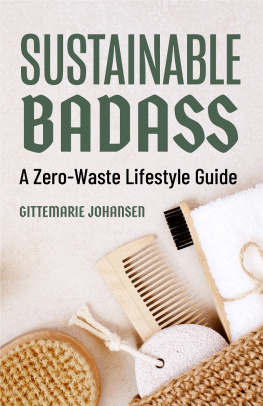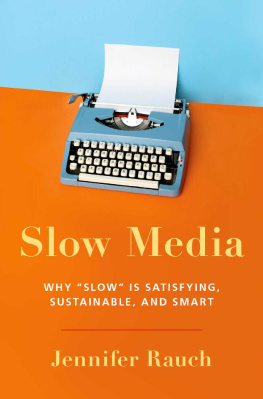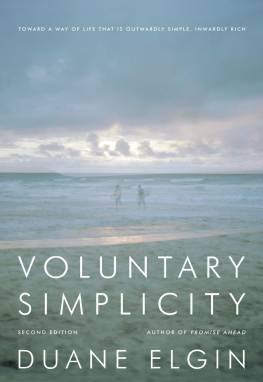
Copyright 2020 by Lady Farmer, LLC
All rights reserved. This book or any portion thereof may not be reproduced or used in any manner whatsoever without the express written permission of the publisher except for the use of brief quotations in a book review.
Lady Farmer is a registered trademark of Lady Farmer, LLC
Printed in the United States of America
Illustrations by Eileen M. Schaeffer
Book Design by Christopher Fisher
Cover Design by ebooklaunch.com
Back Cover Photo by Meaghan White, meaghanclarephotography.com
ISBN 978-0-578-41595-6
ISBN 978-1-088-04365-3 (e-book)
Lady Farmer, LLC
PO Box 651
Poolesville, MD 20837
(651) 347-4369
https://www.lady-farmer.com/
https://twitter.com/weareladyfarmer
https://www.instagram.com/weareladyfarmer/
https://www.facebook.com/weareladyfarmer/
https://www.pinterest.com/ladyfarmerusa/
Phrases such as slow food, slow living, slow fashion, slow spaces, and so on are used by the author as general terms for the movement toward ethical, responsible, sustainable processes intended to improve both human and planetary well-being. Lady Farmer, LLC, is not affiliated with any specific entity which uses these terms, although some of these entities may be referenced in the text or listed as resources.
For Lady Farmers everywhere, all of you who are sowing the seeds of slow living for yourselves and those around you. Whether you are cultivating country acreage or a life in the city, tending a garden, a family or a career, we hold you in highest regard and celebrate you and your desire to create space in your life for more sustainable living. May you all find peace, joy, and slowness amidst the sacred work of healing the planet.
CONTENTS
INTRODUCTION
SOWING SEEDS OF SLOW LIVING

So what is slow living? Why are people talking about it so much these days, and why is it important?
Our own understanding of slow living has to do, quite simply, with making conscious choices about how we live our lives. Its about paying attention to how we spend our time, money and resources, and taking a step back from the industrialized systems that have come to provide our daily needs. Its also about observing our own consumer habits, where and how they intersect with quality of life and perpetuate an unsustainable paradigm.
What we offer in this book are our own observations for reflection and discussion, practical suggestions, and perhaps some gentle guidance stemming from our own thoughts and experience as residents of this planet who are inclined to ponder such things.
We are not doctors, so please understand that nothing we put forth should be considered above the advice of your preferred medical professional. Nor are we degreed historians, economists or social analysts, however we do make every effort to gather our data from reliable sources, to be informed, observant and discerning.
One doesnt have to be a professional anything to witness how quickly our society has shifted in the last two generations. Some of us can look back in our own lives or those of our parents or grandparents to recall a time when people werent dependent on factory farms thousands of miles away for their food, nor on chain stores for cheap clothing made overseas by impoverished workers. Many grew their own food and made their clothing, or at least obtained them from a known source; and until well into the 20th century many Americans did all of this without electrical power in their homes.
It has been less than a century since Americans were largely self-sufficient producers of many of their daily needs and moderate consumers of the rest. In the waste not, want not days of our grandparents or great-grandparents, responsible use of resources was not only enforced through rationing (especially during WWII) but also seen as a citizens patriotic duty.
Fast forward to now, when practically every single thing we use is bought from a store (or Amazon) and is excessively packaged, taped, safety sealed, shrink-wrapped, encased in plastic, tamper-proofed and on and on. Think about this as you move through your everyday tasks, actually looking at the products, containers, tools, and implements we use from morning till night, and contemplate where it came from, how it got into your hands, whats in it and how much waste was created from it before you even owned it. (I often find myself reflecting on these questions while trying to OPEN somethingand not very patiently, I might add.) Most of these things are used up or broken in a relatively short period of time, after which their packaging, containers and carcasses are mindlessly tossed into the land of trash, that place our society assumes is the endpoint of our concern.
We have evolved from a more circular mindset in our consumer behavior (one that is conscious of limited resources and encourages conservation and restoration) to a full-on linear economy, in which we are addicted to our need for cheap, mass-produced goods that have only one direction to gofrom production to use to disposal in a landfill.
Our food supply, too, has long left the realm of self-production and now has much more connection to a factory or a lab than the land. It has been sprayed, machinated, wrapped, frozen, fortified, processed, sealed, flown around the globe, clam-shelled and shelved until we, full collaborators in this paradigm, happily pull these things from the supermarket aisles in the name of sustenance. As for our clothing, almost everything available for purchase today has been produced at a terrible cost to not only the environment and our health, as we shall see, but also to the overworked and underpaid hands that put them together, all so that we can indulge our manic, throwaway habits while barely making a dent in our pocketbooks.
In recent decades, time and money are two things that consumers want to save over anything else, giving rise to the attraction of convenience, the almighty bargain, fast food and fast fashion. How and when these perceived shortages became such a driving force in our society is probably beyond the scope of this discussion, but recognizing these cultural shifts is essential to understanding their impact.
The truth is that we have the same amount of time as did our ancestors and our grandparents. The difference is in how we choose to spend it. As we have come to understand it, the slow living choice to feed and clothe ourselves closer to the source doesnt necessarily take less time or work or money. In some instances it might take more. Those that have made the conscious decision to eat more locally know this. It takes effort and organization to seek out local sources and very often, requires us to pay more. Supermarkets might offer organic produce but it often isnt local or fresh and very few offer meat options that are not from CAFO (concentrated animal feeding operation) sources. Growing your own is a wonderful option but is a commitment as well. During growing season when were planting and weeding the garden plot and trying to keep it all going through drought, and at the end of the summer when our cup runneth over with wonderful things from the garden that need to be harvested, prepared and preservedlife is not slow, as in leisurely. There is a huge amount of effort and energy involved. Yet, this is the choice we make over driving to the megamarket and buying packaged and processed food that could be on the table and ready to eat in no time.

